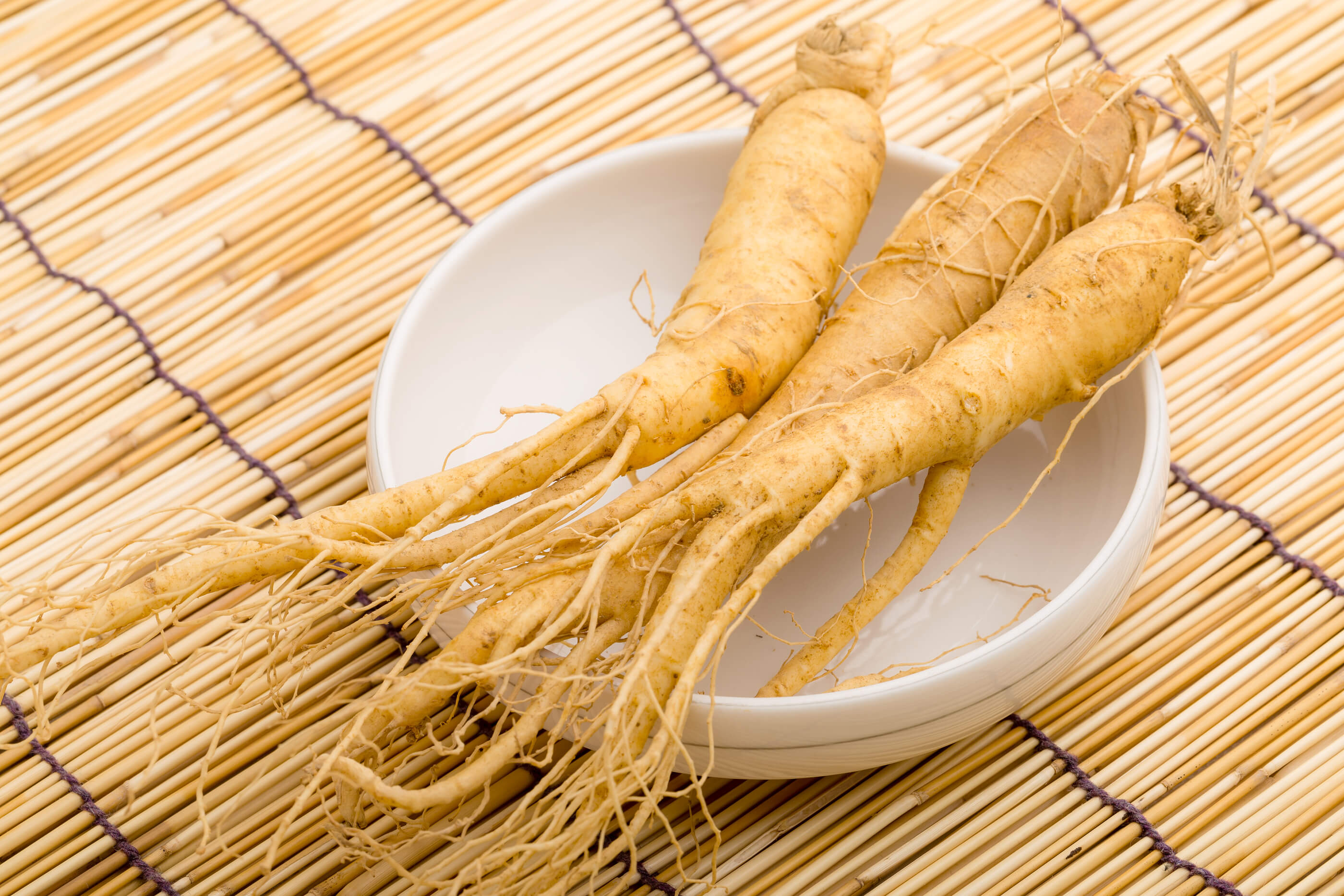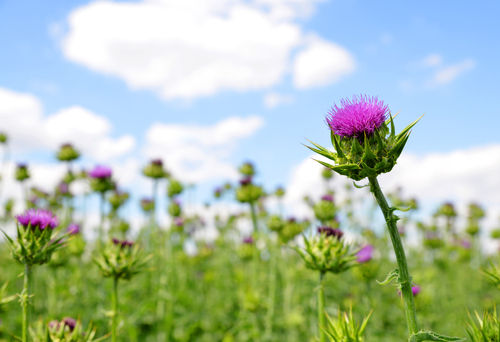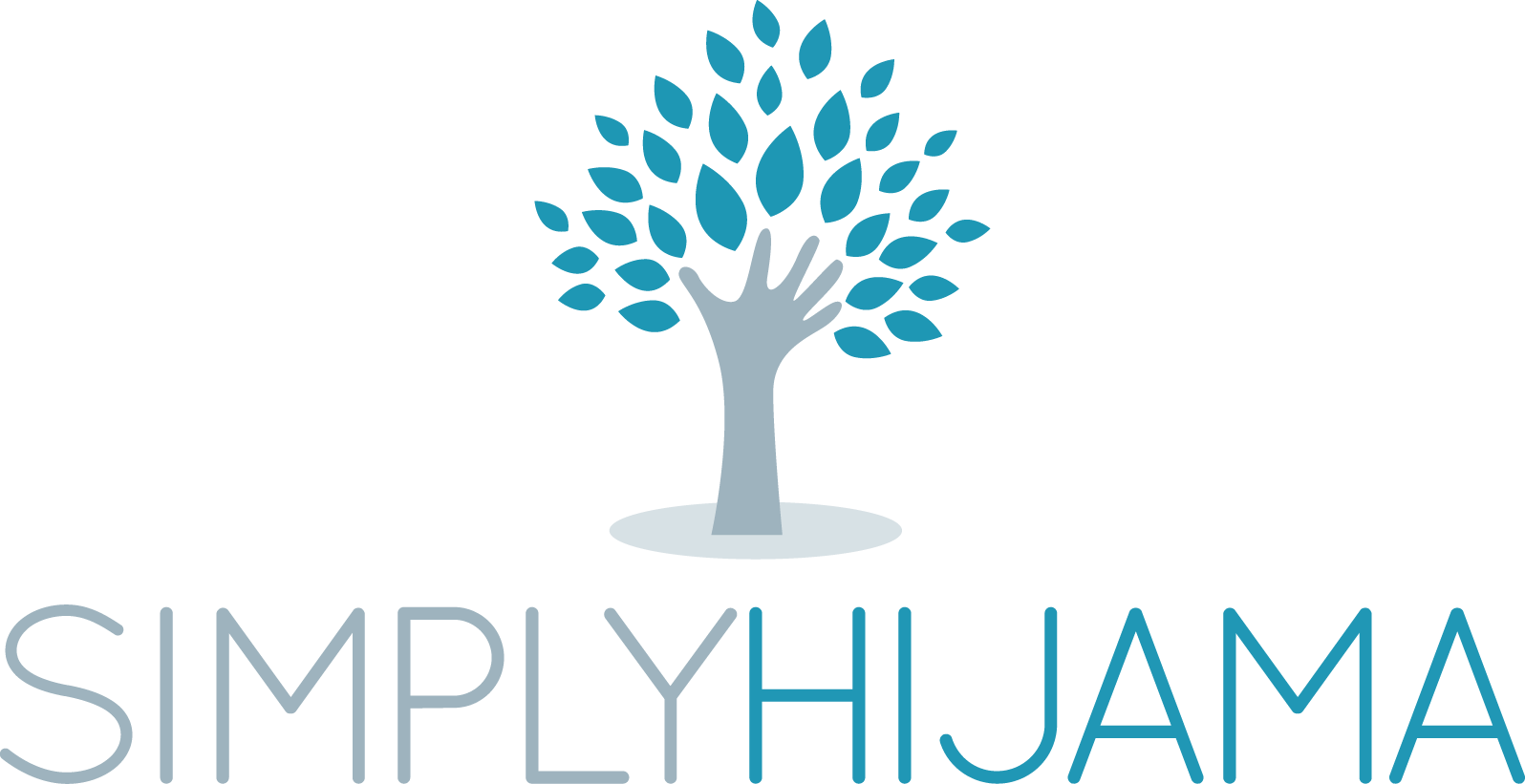The term ‘herb’ refers to a plant used for medicinal purposes. The medicinal benefits of herbs have been known for centuries, and humans have always been dependent on plants for medicine, food and healing. The healing properties of herbs have not changed through the centuries - what was a healing herb a few hundred years ago is still a healing herb today. The history of herbalism is closely tied to the history of medicine from prehistoric times up until the development of the Germ Theory of Disease in the 19th century. It also overlaps with food history, as many of the herbs and spices historically used by humans to season food yield useful medicinal compounds, and the use of spices with antimicrobial activity in cooking is part of an ancient response to the threat of food-borne pathogens.

The ancient Chinese, Indians, Egyptians, Babylonians, Greeks, Romans and Native Americans were all herbalists. Dioscorides (c40-c90) and Galen (131-200 AD), both Greek surgeons in the Roman army, compiled ‘herbals’ (a book containing the names, descriptions and medicinal uses of plants) that remained the definitive ‘materia medica’ texts for 1500 years. Through the Middle Ages, herbalism was preserved in the monasteries of Britain and mainland Europe. Before the establishment of universities in the eleventh and twelfth centuries, monasteries served as medical schools. Monks copied and translated many of the works of Hippocrates, Dioscorides, and Galen.
Meanwhile, as a result of the Islamic conquest of North Africa in the seventh and eighth centuries, Arabic scholars acquired many Greek and Roman medical texts. Iranian physician Ibn Sina, also known as Avicenna (980-1037 AD), combined the herbal traditions of Dioscorides and Galen with the ancient practices of his own people in ‘The Canon of Medicine’ (al-Qanun fi at-tibb). One of the most influential medical texts ever written, Avicenna’s Canon spread through Europe during the eleventh and twelfth centuries.
Modern medicine from the 19th century to today has been based on evidence gathered using the scientific method. Evidence-based use of pharmaceutical drugs, often derived from medicinal plants, has largely replaced herbal treatments in modern health care. However, many people continue to employ various forms of traditional or alternative medicine. These systems often have a significant herbal component.
Different cultures have developed different herbal cures. In some countries, such as India and China, herbs have continued to be an important part of medicine over the centuries being widely used in Traditional Ayurveda or Chinese Medicine. However, we are now seeing an increased acceptance of herbal use in Western countries. Knowledge about the power of herbs has only recently started to re-emerge in the West and it is now becoming a popular alternative form of treatment for many conditions.
Health Benefits
The natural chemical properties of certain herbs have been shown to have medicinal value and are used in some modern drugs. However, unlike conventional medicine, herbalists use the whole herb or plant rather than isolating and breaking down chemical compounds and then synthesising them. This is because the plant, being a part of nature, is said to represent perfect balance. Healing requires the natural combination of elements in the plant or herb, not just a single chemical within it.
Every herb has a distinctive flavour, energetic quality, and healing property with a corresponding healing effect on the body. For instance, marshmallow root with its cooling properties is used to treat high fever, rapid pulse, and excess heat in the body; cinnamon bark and dried ginger are known for their warming and stimulating properties. The energetic quality of these herbs are present in all their active ingredients and are assimilated more easily to help the body to:
w Activate cells
w Build tissues
w Cleanse the system
w Give direct aid to sick body parts and organs
Herbs contain unique antioxidants, essential oils, vitamins, phytosterols and many other plant derived nutrient substances, which help equip our body to fight against germs, toxins and to boost immunity level.
The essential oils in herbs have been found to have an anti-inflammatory function by inhibiting the enzyme cyclooxygenase, which mediates inflammatory cascade reaction inside the human body. The enzyme-inhibiting effect of essential oils in herbs makes it a valuable remedy for symptomatic relief in individuals with inflammatory health problems such as rheumatoid arthritis, osteoarthritis, and inflammatory bowel conditions like ulcerative colitis.
The volatile oils, vitamins, and antioxidants in the herbs have cytotoxicity action against prostate, pancreatic, colon, endometrial cancer cells.
The chemical compounds in the herbs have also been found to be anti-spasmodic, carminative, diaphoretic, analgesic, aphrodisiac, deodorant, digestive, antiseptic, lipolytic (fat burning and weight loss action), stimulant and stomachic effects when taken in a proper dosage.
Additional health benefits of specific herbs include:
Basil
Basil leaves compose of many essential oils such as eugenol, citronellol, linalool, citral, limonene, and terpineol. These compounds are known to have anti-inflammatory, and antibacterial properties. It contains exceptionally high levels of beta-carotene, vitamin-A, cryptoxanthin, lutein, and zeaxanthin. These compounds play an important role in protecting against aging and various disease processes. It also helps with digestive disorders and prevention of osteoarthritis, and is currently being studied for its anti-cancer properties.
Burdock
It contains certain diuretic principles, which help expel toxic products from the blood through urine. The herb is used in the treatment of skin problems such as eczema (dermatitis), psoriasis, skin dryness, etc. The plant parts have been used as an herbal remedy for liver and gallbladder problems. Effusion of burdock seeds has been used for throat and chest ailments. Burdock leaves and stems, in addition to their use as a vegetable, have appetite stimulants and are a good remedy for gas and indigestion (dyspeptic) complaints.
Dandelion
Certain principle compounds in the herb have laxative and diuretic functions. The plant parts have been used as herbal remedy for liver and gallbladder complaints. Dandelion herb is also a good tonic, appetite stimulant and is a good remedy for dyspeptic complaints. Traditionally, flower stems used as a soothing agent for burns and stings (for example in stinging nettle allergy).
Dill
Dill leaves (sprigs) and seeds carry many essential volatile oils such as d-carvone, dillapiole, DHC, eugenol, limonene, terpinene, and myristicin. Eugenol in dill is used as local anaesthetic and antiseptic, as well as reducing blood sugar levels in people with diabetes. Dill oil, extracted from dill seeds, has antispasmodic, carminative, digestive, disinfectant properties. It can help increase breast milk secretion in nursing mothers and relieve neurological symptoms like headaches and nervous irritability.
Feverfew
It has been used for fevers, headaches, stomach aches, toothaches, insect bites, infertility, and problems with menstruation and labour during childbirth. Feverfew’s pain-easing effect is said to come from a biochemical called parthenolides, which combats the widening of blood vessels that occurs in migraines, thus proving its effectiveness in the prevention and treatment of migraine headaches. The herb is also used to prevent dizziness, relieve allergies, reduce arthritis pain and prevent blood clots.
Ginkgo Biloba
Also known as maidenhair, has the ability to improve cognitive function including concentration and memory. It can reduce the risk of dementia and Alzheimer’s disease, fight anxiety and depression and help maintain vision and eye health. It also relieves ADHD symptoms, improve libido, and fights against fibromyalgia.
Ginseng
Native Americans used the root as a stimulant and headache remedy, as well as a treatment for infertility, fever and indigestion. It is used to reduce stress, help with weight loss, treat sexual dysfunction, improve lung function, lower blood sugar levels, boost the immune system and reduce inflammation as well as improve mood and mental function.

Milk Thistle
It contains high levels of lipophilic extracts from the seeds of the plant, which act as bioflavonoids that increase immunity and slow down oxidative stress. The herb is also used for its anti-inflammatory properties. It can aid digestive function, increase bile production, boost skin health, fight the appearance of aging and help detoxify the body. It has protective effects in certain types of cancer, and data shows it can also be used for patients with liver diseases, hepatitis C, HIV, diabetes and hypercholesterolemia.

Rosemary
Rosmarinic acid, a natural polyphenolic antioxidant found in rosemary, has been found to have anti-bacterial, anti-inflammatory, and antioxidant functions. Rosemary oil contains camphene, cineol, borneol, bornyl acetate and other esters. These compounds are known to have tonic, astringent, diaphoretic, and stimulant properties. Its oil is also used externally as a rubefacient to soothe painful ailments in gout, rheumatism, and neuralgic conditions. Rosemary herb extractions, when applied over the scalp, is known to stimulate the hair-bulbs and help prevent premature baldness. It forms an effective remedy for the prevention of scurf and dandruff. Rosemary tea is a natural remedy for the nervous headache, colds, and depression.
St. John’s Wort
This has been used as a medicinal herb for its antidepressant and anti-inflammatory properties for over 2,000 years. It produces dozens of biologically active substances, but hypericin and hyperforin have the greatest medical activity. It has the ability to relieve PMS symptoms, improve mood during menopause, relieve skin irritations and improve symptoms of obsessive compulsive disorder.
Herbs can be dispensed in numerous ways, including:
w Pills
w Powders
w Lotions
w Oils
w Teas
w Salves/Ointments
w Syrups
w Infusions
w Aromatics
w Juices
w Tinctures or extracts
w Whole (dried or fresh)
Recipes for Health
Comfrey Healing Oil
Comfrey has quite the reputation as a healing herb. When infused in oil, comfrey speeds the healing of sores, abrasions and bruises. It’s also very soothing to irritated skin, thanks to its mucilaginous properties.
Ingredients:
2 cups carrier oil (such as coconut oil)
1 cup comfrey leaf (or the herb)
Method:
1. Warm your oven to 200º, then turn it off.
2. Put the herbs and oil in an oven-safe dish and let them steep for 3-4 hours.
3. Strain the infused oil into a jar, cover and label.
Calendula Mouthwash
Calendula has long been used to relieve inflammation of the mouth, throat, and stomach. It is also popular as a topical cream or ointment to relieve rashes and irritation and to help heal wounds.
Preparation and doses:
1. Pour 1 cup boiling water over 2 tsp petals.
2. Steep for 10 minutes.
3. Strain. Use as needed as a mouthwash, gargle, or tea.
Catnip Tea
This tea soothes an upset stomach and reduces anxiety and tension.
Preparation and doses:
1. Pour 1 cup boiling water over 4 or 5 fresh or 1 tsp dried leaves.
2. Steep for 5 minutes.
3. Strain and sweeten, if desired.
4. Drink 1 or 2 times per day.
To Sum Up…
Herbs, when properly used, are safe, gentle and effective. Many mild herbs can be self-prescribed for minor conditions, for instance chamomile tea to help you relax, or peppermint tea to help with digestion. However, herbs can be very powerful and care should be taken. The safest course of action is to consult a qualified herbalist.
Herbs are a great addition to food too. They add distinctive flavour to food, plus provide anti-microbial substances that help keep our food protected from pathogens. They can be used to marinate raw foods, fish, and meat. Fresh herb leaves can be used in the preparation of salads, soups and green sauces. Some herbs and plant parts like mint, and ginger are increasingly being used to flavour juices and refreshing drinks.
Nature has provided us with many resources, and the versatility in herbs is another means for us to incorporate more nature into our daily living, to secure our health for many more years to come.
Source
http://exhibits.hsl.virginia.edu/herbs/brief-history/
https://en.wikipedia.org/wiki/History_of_herbalism
http://exhibits.hsl.virginia.edu/herbs/brief-history/
http://www.thelivingcentre.com/cms/our-services/herbalism
http://learn.healthpro.com/herbalism/
http://www.nutrition-and-you.com/healthy-herbs.html
https://draxe.com/herbal-medicine/
https://www.diynatural.com/medicinal-plants-herbal-remedies/
https://www.prevention.com/mind-body/natural-remedies/25-healing-herbs-you-can-use-every-day/slide/4

